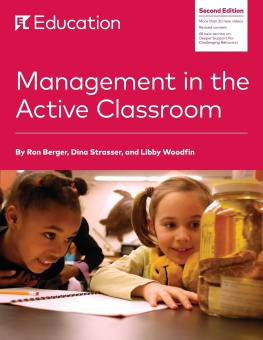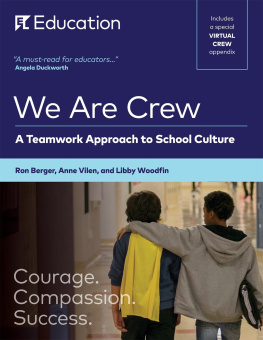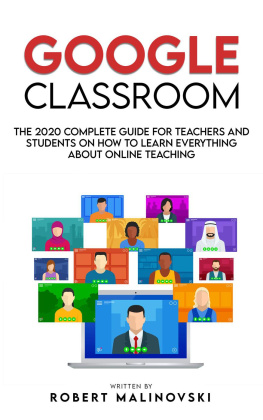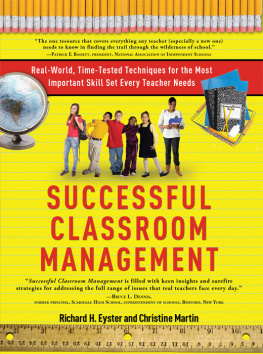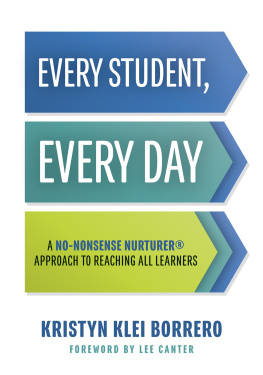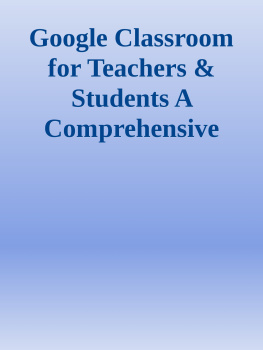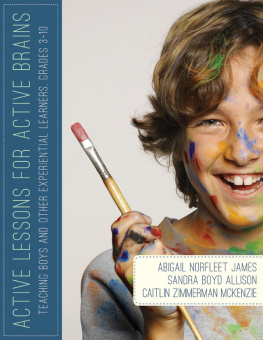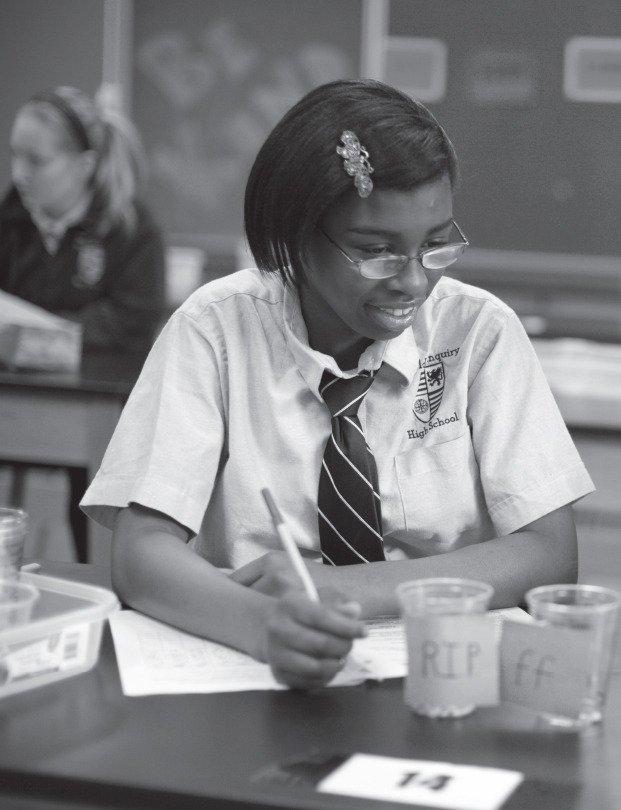Contents
Page List
Guide
Management in the Active Classroom
By Ron Berger, Dina Strasser, and Libby Woodfin
Design by Lauren Parent and Michael Kelly
Copyright 2015 by EL Education. All rights reserved.
EL Education
247 West 35th St., 8th Floor
New York, NY 10001
212-239-4455
Acknowledgments
As with all the books we write, Management in the Active Classroom has been a truly collaborative effort. Thanks to the entire field staff of EL Education who dug into our first edition of the book and provided deep, thoughtful, and comprehensive feedback that has guided this revision. A few staff members went above and beyond on this revision, and they deserve special thanks: Lily Newman, Jenny Henderson, Rayna Dineen, Dinah Consuegra, and Anne Vilen.
A small group of Mount Holyoke College Master of Arts in Teaching students, led by professors Beverly Bell and Catherine Swift, also engaged with the text and provided valuable feedback from their perspective as pre-service teachers. Thanks especially to Jane Chapin, a graduate of that program, who took time during her first year as a teacher in Boston to Skype with us about her impressions of the first edition.
Thanks also to the staff of Harlem Village Academies, led by Deborah Kenny, who worked with the book for more than a year and offered feedback during professional learning sessions with Ron.
There were many teachers and school leaders who graciously agreed to be interviewed and who contributed their time, expertise, and resources to this effort, and many more whose classrooms have provided the inspiration, examples, and practices that informed this work. The voices of novice and seasoned practitioners combined to help us make this a better book. We couldnt have done it without you!
And lastly, we offer a special thanks to our videographer, David Grant. David has brought these practices to life. He is not just an artist in film but also a visionary educator. We are deeply grateful.
Videos Available
Almost all of the practices in Part 1 and many in Part 2 of Management in the Active Classroom have an accompanying video. Each short video shows the practice in action in classrooms across the country.
Look for this icon and visit: http://ELeducation.org/classroom-management-videos
Check back from time to time; our video library is always growing.
Part 1:
Foundational Structures and Practices
Part 1: Contents
Part 1: Introduction
In Deb Ortenzis middle school science classroom at World of Inquiry School in Rochester, New York, there is not a sound.
It seems to be a near magical transformation. Through the open door of the classroom in this urban public school, students first enter chatting animatedly, automatically picking up the entry ticket placed for them at the front entrance. Ortenzi herself is joking outside in the hallway with students, gently pushing them along to their classrooms with her voiceKeep it moving, folks, bells about to ring! In her classroom, as each student settles down in a seat with an entry ticket, their eyes focus, their bodies become quiet and still. The entire class is present and working.
What Ortenzi knows, however, is that the transformation is not magic. It is the result of weeks and months of creating trusting relationships, setting strong classroom norms for behavior together, sharing responsibility with her students, and practicing routines and protocols, over and over again.
It was definitely a journey. In the beginning, they didnt want to step up. They wanted us to do tasks for them, or they rebelled when they were asked to do it on their own. It took them a year to get over the fact that they were going to work, she laughs. But we just kept reminding them of their routines. We still do. With patience and consistency, we get there.
Ortenzi comes in and shuts the door shortly after the bell ringsbut there is no need for a bell. The learning has already begun.
Theres a certain instantly recognizable energy present in a high-achieving classroom. You can see it in the faces of the students: lighting up as they make new connections between their background knowledge and their reading, or settling into deep concentration on an entry ticket. You can hear it in the respectful but warm conversations that occur between student and teacher, and in the way students take control of their classroom routines and procedures with only the gentlest of reminders. You can touch it: the poster of jointly written classroom norms, the materials organized and ready for students when they enter.
A successful classroom is obvious to all our senses. But the steps to take in order to create that classroom often are not. Ironically, a robust body of research has identified effective classroom practices: we know what works. However, few educational researchers or teacher preparation programs in the United States address effective classroom management (Emmer, Sabornie, Evertson, and Weinstein, 2013).
As a result, teachers can be at a loss, particularly as novice educators, as to what magic is needed to keep students engaged, on task, accountable, compassionate, and safe. It can seem to be a kind of secret sauce, or perhaps something only certain teachers are born with. Teachers who have the magic often have a difficult time explaining what their magic isand yet they will also tell you that the most brilliant, creative lesson plan in the world will not work without it.
In fact, effective classroom management is not magic, secret, or a lucky gift given to a chosen few. It is this: the teacher, with his or her students, taking full responsibility for developing thoughtful, proactive, foundational management structures that are implemented and reinforced throughout every learning experience. It starts with the belief that students can and will succeed with effective support, and it is one of the most valuable investments of time a teacher can make. The best news of all is that it is something every teacher can learn, practice, and masterand in this resource, we give you clear, straightforward tools for how to do it.
From the 'Do Now' to how we move from one idea or activity to another, we rehearse that with the kids so that they learn. Now, a lot of it just happens naturally because its so routine. Its ingrained, says Ortenzi.
Good classroom management practice comes under many names: the orderly classroom, the rigorous classroom, or the focused classroom. We invite you to think of it as the self-managed classroom. By using the term self-managed, we dont mean to imply that classrooms will run themselves or that students dont need the authority and support of their teachersacademically and behaviorally. Rather, self-management is an ethos and a belief system that permeates the classroom and says students have the power, within themselves, to make wise choices that best serve them as learners and people and maintain a respectful classroom culture. Self-discipline is the end goal of all management structures. Students and teachers in the self-managed classroom are people who have self-knowledge, self-compassion, and self-control.

